Jackie is the creator of the Portrait Photography Pricing Workbook – on sale now, for a limited time at SnapnDeals.
Are you 100% confident you are making a profit with each and every client?
As artists, photographers may not be as business-minded as they should be. This can get many of us into trouble, both legally and financially. In order to call your photography business successful, it should first and foremost be profitable. If you are not making money from your photography business, you need to call it what it is: a hobby.
How do you make sure you are not losing money, but rather making money and running a profitable photography business? Despite what you may think, it has little to do with the number of clients your business is attracting, or how high or low your prices are. It has everything to do with your pricing structure.
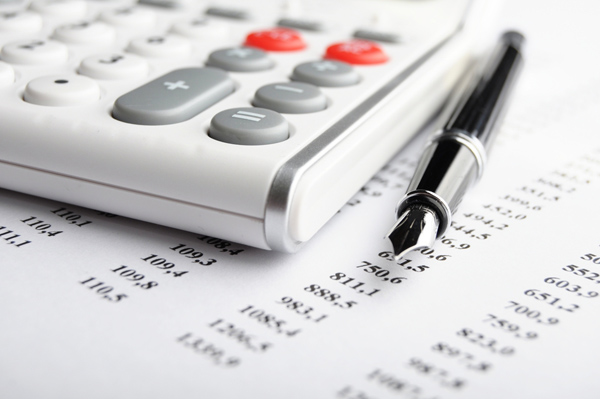
Here are some questions you need to ask yourself if you think your photography business is losing your money:
What expenses does my business have? Whether it is a reoccurring expense or a variable one, a business expense is a vital factor to consider when pricing your business. An expense for your photography business can include any or all of the following:
- Studio rental
- Insurance (liability, equipment, health, and/or disability)
- Accountant fees
- Retirement accounts
- Advertising
- Loan Payments
- Equipment purchases
- Office Supplies
- Workshops
- Intern or Assistant
- Props
These are just some examples of expenses for a photography business. Obviously there are many others that may be specific to yours. Once you total your fixed expenses (expenses that don’t change from month to month or on a yearly basis) and your variable expenses, you can have an idea of how much money you should be making per year in order to at least cover those expenses.
What is my cost of goods sold?
Cost of goods sold is separate from expenses, even though it acts like an expense. The definition of “cost of goods sold” is the cost of materials used to create the product. Basically, it is how much a product costs your business before you turn around and sell it to your client.
In the photography industry, the cost of goods sold can include any of the following:
- Printing costs
- Cost to ship the product to you
- DVDs
- USB drives
- Print packaging
Before you set the price of any of your products, you must determine the cost of goods sold of each product. Otherwise, you risk losing money on each sale. Once you figure the cost of goods sold, you can set a break-even price for each product and mark the product up from there.

How big are my package discounts?
Along the same lines, you need to make certain your packages are not priced too low. While there should be a discount to the client, you obviously do not want to discount the package to the point where your business is losing money with each sale.
Do I accept credit cards and what is the processing fee?
Even though the credit card processing fee is probably small, it can add up over time or with larger transactions. Think about what percentage of your clients pay with a credit card and integrate that into your pricing structure.
What taxes do I have to pay and what are the rates?
There are several different kinds of taxes you will have to pay as a business owner. The 4 most common ones for your photography business would be:
- Federal Income Tax
- State Income Tax
- Sales Tax
- Use Tax
Check out the IRS Small Business and Self-Employed Tax Center to find more tax information (if you are US based). Since each state’s (or your country’s) income, sales, and use tax laws vary, you will have to check with your state’s Secretary of State’s office to get all of the applicable tax information for your photography business.
Finally, I’ll explain a little more about use tax, because it is very commonly overlooked. Use Tax is a tax you are responsible for paying to the state for items your business purchased, but did not pay sales tax on at the time of purchase. Some examples would be a portfolio album for your studio or a lens purchased online. It is typically paid at the same time as your sales tax.
How much time do you want to spend on your business?
This question is crucial. With the rise of digital cameras taking over film, the perception is that running a photography business does not cost much money. While you might be saving money on film and developing, it still is costing you the same amount of time, if not more of your time! However, since the perception is there is no monetary cost with each shoot, it seems easy to charge less for your services and product.
Don’t make this mistake, or you and your business will be headed down a dangerous path. If you are working too much, for too little money, you risk burning out. So, how do you calculate your time into your prices? Everyone’s personal situation is different, so it is difficult to put an exact number on your “time”. What it comes down to is:
- How many sessions and/or weddings do you want to shoot each year?
- How much money does your business need to bring in each year?
If you want a low workload, your prices should be higher, if you need to bring in more money. If you can handle a high workload, your prices could be set lower. But, don’t forget to include the factors above, so you aren’t under-pricing yourself and losing money.
Running a photography business encompasses so much more than just the photo shoot! You need to consider all of your time spent on your business, not just the time spent shooting. For instance, managing emails, editing photos, packaging and sending orders, meeting with clients, and holding in-person ordering sessions are all examples of tasks to run your photography business. Make sure you are compensating yourself appropriately for all that time!
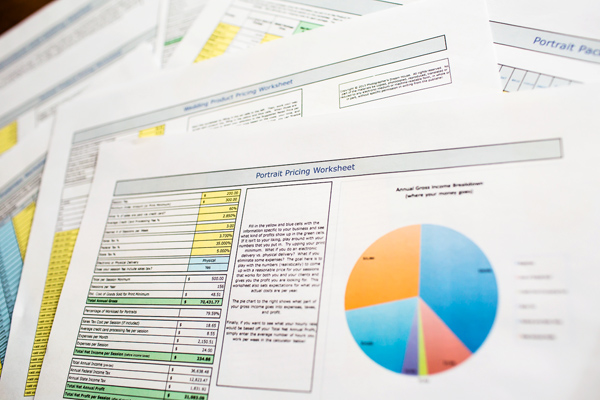
These hold true for ALL businesses! I assure you that if you ask yourself these questions and calculate it all out, your photography business will be profitable and not lose you money.
Here are some summary points for you to remember:
- Total up all your expenses
- Figure in all taxes and credit card fees
- Consider the total cost of goods sold
- Factor in your time, workload, and financial situation!
What if you don’t want to do these calculations manually?
You might want to check out my Portrait Photography Pricing Workbook! You just plug in the numbers and watch the magic happen before your eyes. It will automatically calculate suggested retail prices and what you should be charging based on the points above. On sale now for a limited time only on SnapnDeals.com.
The post How Your Pricing Structure Could be Losing you Money by Jackie Boldt appeared first on Digital Photography School.

Digital Photography School










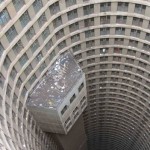
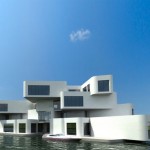
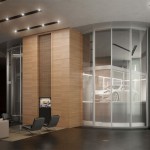













You must be logged in to post a comment.